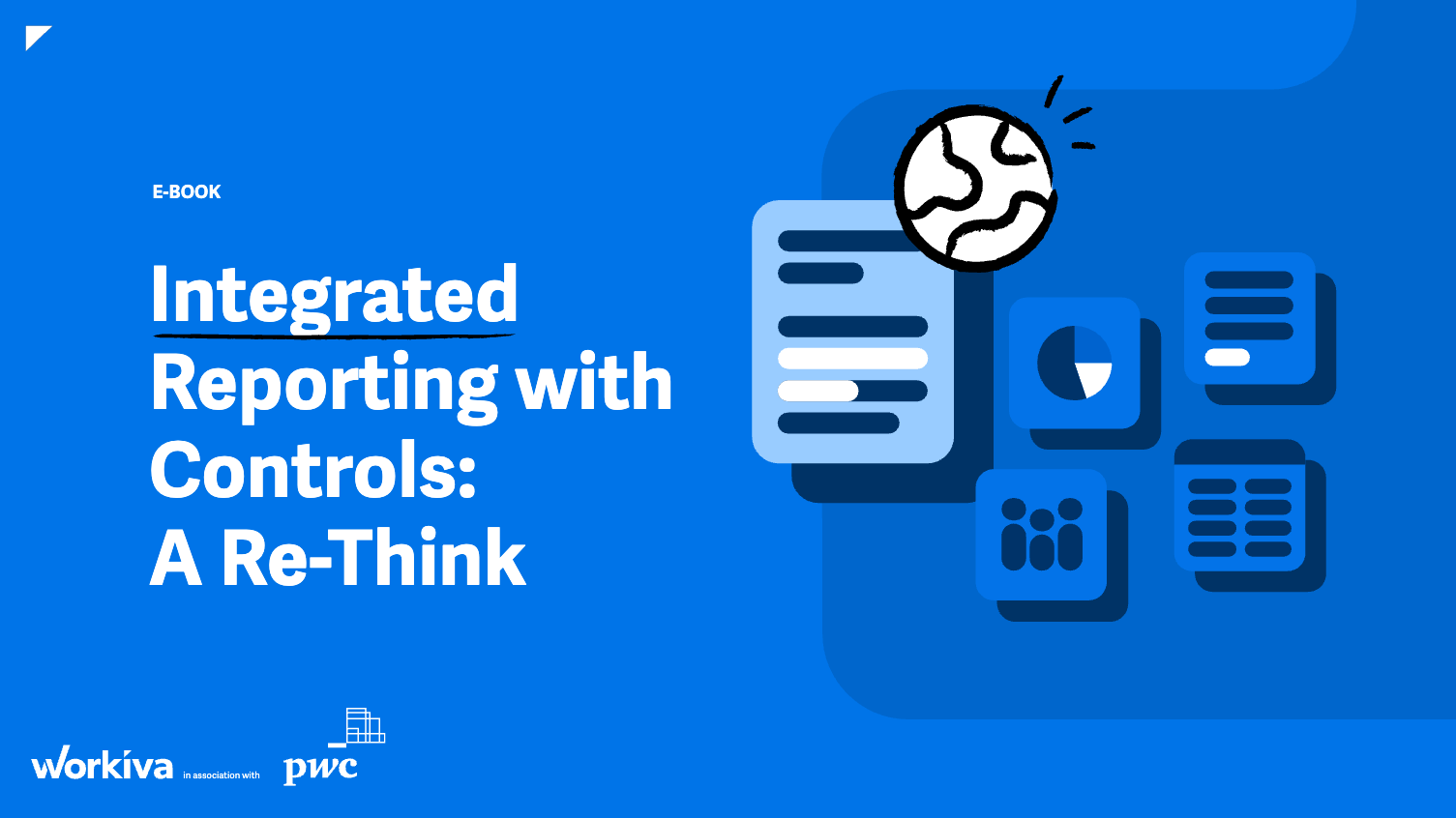Understanding Economic Downturns
Understanding economic downturns, particularly recessions, is crucial for both individuals and businesses. Although they are a normal part of the economic life cycle, they can bring about significant changes and challenges. But with a sound understanding of what recessions are and how they work, we can prepare to weather these economic storms.
Unraveling the Concept of a Recession
Recessions represent a prolonged period of negative economic growth, a phase in the endless economic circle of life. This cycle moves from growth to peak, recession to trough (the bottom of the recession), and then back to growth. It’s important to note that historically, periods of recession have occurred much less than periods of expansion and growth. This is a testament to the resilience of economies, particularly that of the U.S., which has recovered from every recession it has encountered.
The National Bureau of Economic Research (NBER) plays a key role in determining if the U.S. is in a recession. This nonprofit, nonpartisan economic research organization looks at various data points, including real income, employment levels, industrial production output, wholesale retail sales, and gross domestic product (GDP). A sustained drop in these data points over a few months often signals a recession. However, exceptions do exist, as seen in the brief 2-month recession induced by the COVID-19 pandemic.
It’s critical to differentiate between recessions and bear markets. While both relate to declines, recessions pertain to the economy as a whole, while bear markets exclusively refer to the stock market. Hence, a bear market doesn’t always signify a recession.
The Anatomy of a Recession
During a recession, the economy contracts, leading to lower employment levels, worsening corporate performance, deteriorating stock market results, and higher borrowing costs for consumers and companies. This contraction often sets off negative chain reactions. For instance, conservative spending by consumers can adversely impact businesses, leading to layoffs and further spending cuts, perpetuating a vicious cycle. In extreme cases, decreased demand can even result in deflation.
Recessions can correct themselves over time or be alleviated by governmental intervention.
Causes of Recessions
The causes of recessions are multifaceted, often resulting from unexpected shocks, asset bubbles bursting, or overheated economies. Unexpected shocks, such as wars, pandemics, and international financial collapses, can cause panic and lead to a contraction of the economy. The bursting of asset bubbles in specific industries that have grown too quickly can have far-reaching impacts, leading to a recession. Overheating of economies, characterized by excessive growth, can also lead to a recession. When inflation rises, central banks may respond by raising interest rates, discouraging businesses from investing and consumers from spending, which can cause an economic decline.
Recession Duration
The duration of recessions varies. On average, since 1945, recessions have occurred about once every 6.5 years and have lasted for about 11 months. However, some recessions, like the Great Recession, have lasted much longer, while others, like the COVID-19 recession, have been much shorter.
Recession vs. Depression
The terms ‘recession’ and ‘depression’ are often confused. Initially, ‘depression’ was used to describe all prolonged periods of economic shrinking. However, after the Great Depression, economists started using the term ‘recession’ to prevent inciting fear. Today, a ‘depression’ would likely be referred to a severe recession lasting for years.
Preparing for Recessions
Predicting the onset, duration, and impact of a recession is challenging. However, individuals can take steps to prepare for a recession, such as building an emergency savings fund, maintaining a strong professional network, and developing a long-term investment strategy that can withstand economic fluctuations.
For more insights into economic trends and financial technology, visit fintechfilter.com.






